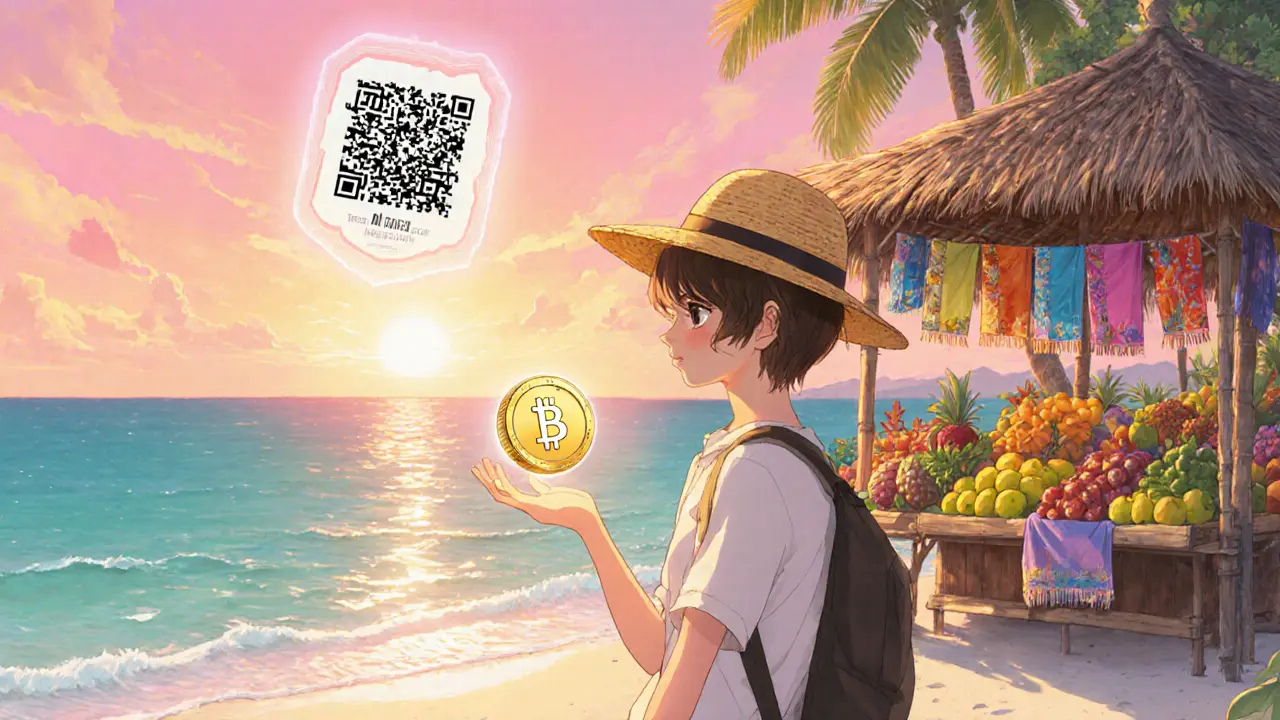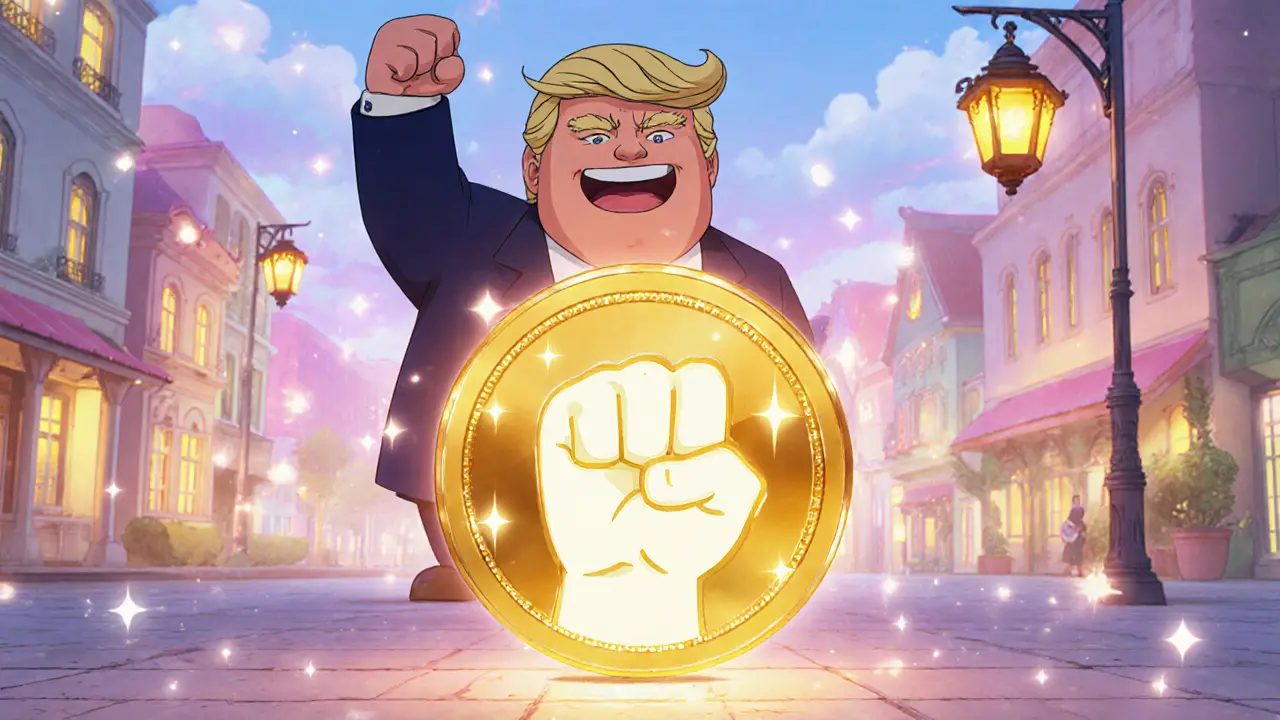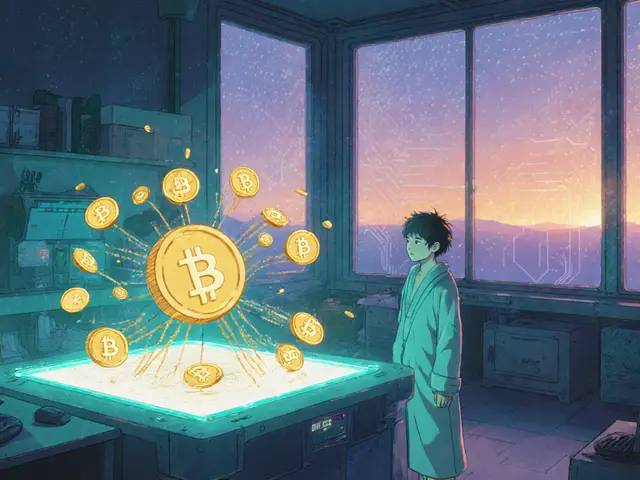Ethereum Token: Basics, Standards, and Why It Matters
When working with Ethereum token, a digital asset built on the Ethereum blockchain that follows a set of smart‑contract rules. Also known as ERC‑20 token, it powers everything from stablecoins to utility tokens, letting developers create programmable money without a bank.
One of the biggest benefits of an ERC‑721, a non‑fungible token (NFT) standard that assigns a unique identifier to each token is that it makes every token truly one‑of‑a‑kind. This is why digital art, collectibles, and game items often use ERC‑721. Right beside it, the ERC‑1155, a multi‑token standard that can handle both fungible and non‑fungible tokens in a single contract gives developers a cheaper, more efficient way to launch mixed collections. Together, these standards expand what an Ethereum token can represent, from a simple coin to a complex in‑game asset.
How Token Airdrops and Tokenomics Shape the Market
Another piece of the puzzle is the token airdrop, a distribution method where free tokens are sent to wallet holders to spark interest and build community. Airdrops can boost awareness for a new Ethereum token, but they also affect price dynamics and user expectations. Understanding the tokenomics behind a project—supply limits, inflation rates, and reward mechanisms—helps you gauge whether an airdrop is just hype or a genuine growth driver.
Think about it this way: Ethereum token ecosystems rely on smart contracts to enforce rules, on standards like ERC‑721 and ERC‑1155 to define asset types, and on token airdrops to grow user bases. Each element influences the others. A new NFT drop (ERC‑721) may trigger a token airdrop to reward early collectors, while a multi‑token launch (ERC‑1155) can blend utility and collectibles in one contract, changing the tokenomics landscape.
Below you’ll find a hand‑picked set of articles that dig deeper into these topics. Whether you’re curious about how to pick the right NFT standard, want to spot a legit airdrop, or need to grasp the risk‑return profile of different Ethereum tokens, the collection has you covered. Let’s explore the details and get you ready to make smarter decisions in the Ethereum world.
BALI TOKEN (BLI) Explained: What It Is, How It Works, and Where to Buy
Learn what BALI TOKEN (BLI) is, how it works on Ethereum and BSC, its use cases in Bali tourism, market data, buying steps, risks, and future outlook.
Fist Trump Pump (FTP) Explained: Definition, Price, Risks & How to Buy
Learn what Fist Trump Pump (FTP) is, its price across major trackers, how to buy it, and why the token carries extreme risk due to low liquidity and volatile meme dynamics.






